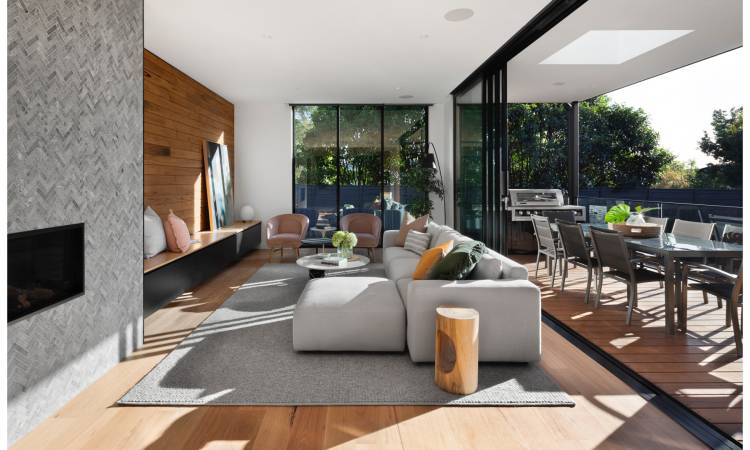 Your dream home is more than just a structure; it’s a reflection of your aspirations, personality, and lifestyle. It’s the place where you can truly be yourself, find comfort, and make lasting memories.
Your dream home is more than just a structure; it’s a reflection of your aspirations, personality, and lifestyle. It’s the place where you can truly be yourself, find comfort, and make lasting memories.
However, turning this dream into a reality is a meticulous process that requires careful planning, creativity, and the right resources. In this blog post, we will explore the journey from having a vision of your dream home to seeing it become a tangible reality.
1. Define your priorities
The first step in designing your dream home is to define your priorities. What are the essential elements that you cannot compromise on? Start by listing your must-haves and nice-to-haves. Consider factors such as the number of bedrooms, the architectural style, and specific features like a home office, or a spacious kitchen for your culinary adventures. This initial brainstorming session sets the foundation for your entire project.
2. Set a realistic budget
When it comes to building a home, one of the most important steps is setting a budget that takes into account all of the expenses that come with the project. From construction costs to permits to landscaping and furniture, it’s essential to be thorough in your financial planning to avoid any unexpected financial stress down the road.
And if you’re looking to finance your home build, be sure to explore all of your options, including home loans in Tyler. With the right planning and financing, you can turn your dream home into a reality.
3. Research architectural styles
The architectural style of your dream home plays a pivotal role in its overall aesthetic and functionality. Explore different architectural styles to determine which one resonates with your vision. Whether you prefer the clean lines of modern architecture, the timeless charm of a traditional design, or the simplicity of a minimalist approach, understanding your style preferences is essential.
4. Choose the right location
Location is a crucial factor in the enjoyment of your dream home. Consider aspects like proximity to your workplace, the quality of local schools, access to amenities, and the overall environment. Do you want to live in a bustling city, a quiet suburban neighborhood, or a serene rural setting? The location should align with your lifestyle and long-term plans.
5. Collaborate with an architect
One of the most significant steps in turning your vision into reality is hiring a qualified architect. An architect is your partner in this creative journey, responsible for translating your ideas into architectural plans. It’s essential to choose an architect who understands your vision and can help you refine it. Collaborate closely with them to ensure that your dream home’s design is not only beautiful but also practical and functional.
6. Plan for future needs
Your dream home should be a place where you can grow and evolve over the years. Anticipate your family’s future needs when designing the layout and features of your home. Think about potential expansions, lifestyle changes, and the ability to age in place comfortably. A flexible design can save you time and money in the long run.
7. Incorporate sustainable design
As sustainability becomes increasingly important, consider incorporating eco-friendly design principles into your dream home. Choose energy-efficient appliances, sustainable building materials, and green technologies that reduce your home’s environmental footprint. Not only will this benefit the planet, but it will also lead to cost savings in the long term.
8. Personalize your interior
Your dream home is a canvas waiting for your personal touch. Create a customized interior design that reflects your personality and preferences. Think about colors, materials, and furnishings that resonate with you and make you feel at home. The interior should be a reflection of your unique style and taste.
9. Prioritize natural light
Natural light can transform the atmosphere of your home. When designing your dream home, think about how to maximize the use of natural light. Consider the orientation of your house, the placement of windows and doors, and the use of reflective surfaces to bounce light into darker areas. A well-lit home not only looks inviting but also has a positive impact on your well-being.
10. Review and revise
The process of designing your dream home is dynamic. It’s essential to continuously review the design plans and be open to making necessary revisions. Seek feedback from professionals, architects, and designers to ensure that every detail aligns with your dream home goals. This iterative approach helps you refine your vision and avoid costly mistakes during construction.
Conclusion
Designing your dream home is a journey that requires careful planning, creativity, and collaboration with professionals. It’s a process that evolves from a vision to a tangible reality. Remember that your dream home is a reflection of your unique personality and lifestyle, so take the time to make it truly yours. With the right approach, your dream home can become a sanctuary where you create cherished memories for years to come.




